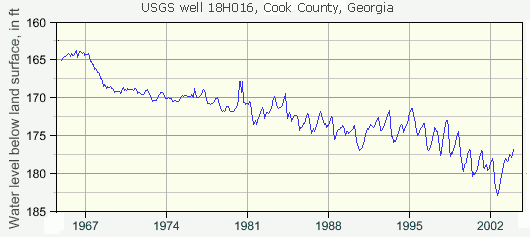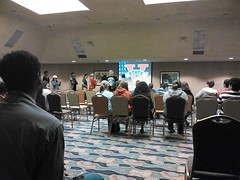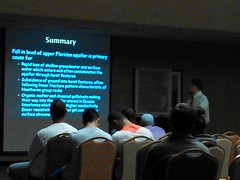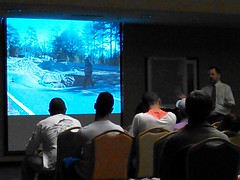Thirty-day comment periods closing 12 August 2015 to comment on
the US 84 widening project, say
 two Public Advisories from GA-EPD Watershed Protection Branch.
One is in
the Satilla River watershed, about
“two existing open water ponds
(outflowing into jusrisdictional[sic] wetlands associated with Lees Branch)”:
those ponds are next to the groundwater-contaminating CSX railyard in Waycross.
One is in
the Upper Suwannee River watershed, about
“three existing open water ponds
(outflowing into jusrisdictional[sic] waters associated with Greasy Creek and the CSX railroad)”.
Maybe the
Southern Environmental Law Center letter
to GDOT and the U.S. Army Corps of Engineers got some results,
although these advisories are from a different state agency.
two Public Advisories from GA-EPD Watershed Protection Branch.
One is in
the Satilla River watershed, about
“two existing open water ponds
(outflowing into jusrisdictional[sic] wetlands associated with Lees Branch)”:
those ponds are next to the groundwater-contaminating CSX railyard in Waycross.
One is in
the Upper Suwannee River watershed, about
“three existing open water ponds
(outflowing into jusrisdictional[sic] waters associated with Greasy Creek and the CSX railroad)”.
Maybe the
Southern Environmental Law Center letter
to GDOT and the U.S. Army Corps of Engineers got some results,
although these advisories are from a different state agency.
The Upper Suwannee one starts at Continue reading













